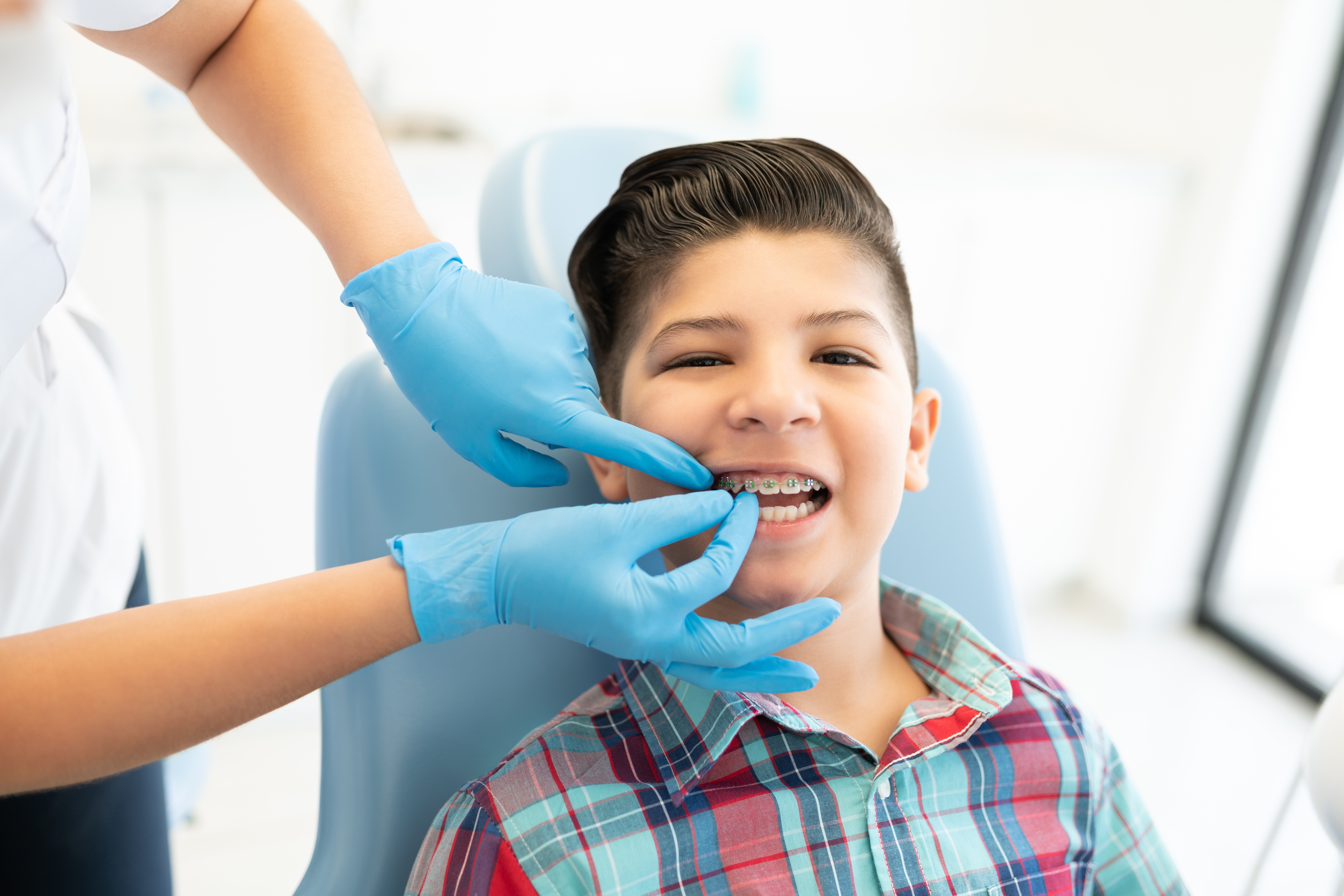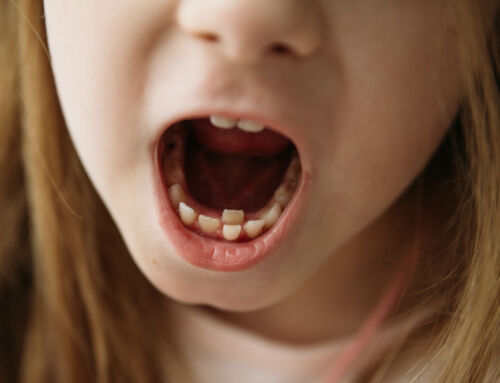So your little one isn’t quite so little anymore, and you are wondering whether it’s worth your time and money to visit an orthodontist, or whether you should wait until they are closer to middle school. The simple answer is that not only is it okay to go now, but also that your orthodontist (and your kid) will thank you for being hands-on when it comes to your child’s smile.
Like so many things, proactivity is key to a successful orthodontic outcome, with as little amount of intervention as possible. We have gotten so used to regular checkups with a pediatrician and testing at various points in grade school. Orthodontics shouldn’t be any different. If you make plans to visit an orthodontist by age seven, your child may have the best chance possible to ditch the braces all together!
What Does Early Treatment Look Like?
While each child’s mouth will be different, there are a few main things your orthodontist will look for at your child’s first visit. At a young age, an orthodontist can tell if your child’s teeth as well as their jaw has any misalignment or other issues. If an issue is spotted, early orthodontic treatment, known as phase one, will help to lessen the blow of any intervention still needed when they are older.
Phase one is the first step in determining the amount and type of orthodontic work your child will need. Around age six to nine, kids are losing their baby teeth and their jaws are preparing for their adult teeth to emerge. Here we will get into the basics of early orthodontic intervention and what this may look like for your child.

Interceptive Treatment
In some instances, your orthodontist may recommend a short amount of time in braces to get ahead of potential trouble down the road. This does not necessarily mean that these early braces will be a one and done scenario, but this does mean that you are giving your child’s smile the best chance possible with the least amount of intervention.
Tooth Removal
Removing a problematic tooth, either a baby tooth or an adult tooth, could very well be the least constrictive approach to a healthy smile. Sometimes teeth just need room to grow and providing room for them to come in properly gives them the opportunity to emerge into their ideal location.
Palatal Expander
In some cases, what is known as palatal expansion may be the best route for your child. This expander is a device used when a child is still growing. It is placed on the roof of your child’s mouth and causes the upper jaw to widen, which reduces crowding and enables teeth to grow properly.
Throughout the use of an expander, the device will have to be “turned”. This literally means that a tiny key will snap onto the expander and must be turned by another individual so as to continue the process of widening the palate. Expansion takes place as the growth plate in the middle of your child’s palate is stretched and both halves are gently pushed apart.
The tension applied may cause slight aching or pain, but should not be to such a degree that an over the counter pain reliever will not help it to subside. Once the orthodontist is confident in the amount your child’s jaw has widened, he or she will remove the device.
Look No Further Than Ahava
Remember, just because you set an appointment for your child with an orthodontist, this does not mean that your child will automatically need braces. It does mean that you will have a head start and perhaps less headache if you get on top of this part of your child’s well-being.
Ahava Orthodontics in Fort Worth provides phenomenal care to those in our community and our neighbors. We would love to see your young one on their way to a happy, healthy smile! Contact us today to set up their first appointment.




